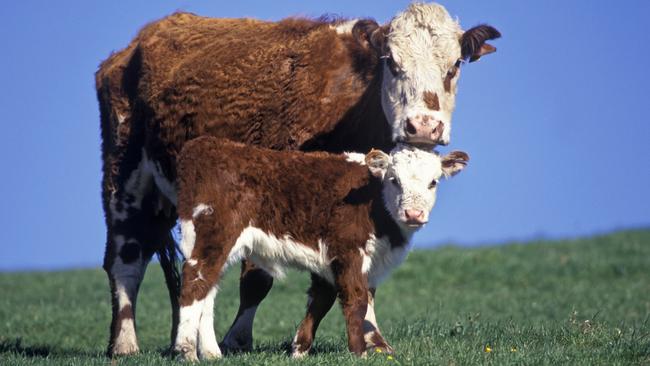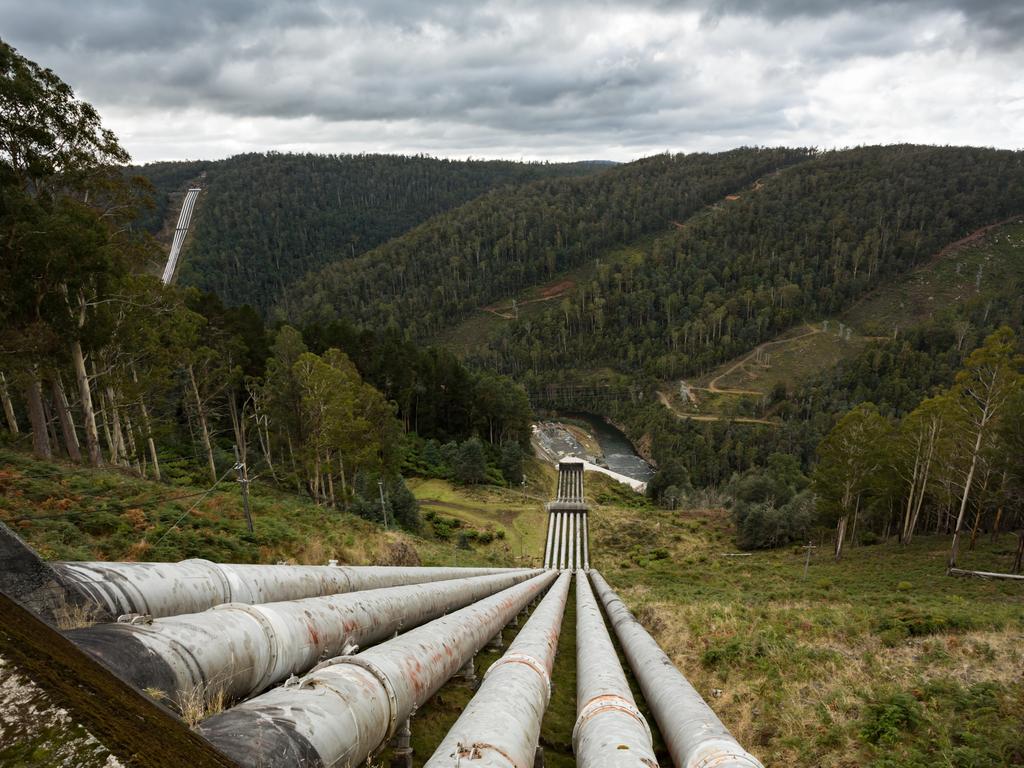Science and environmental costs show folly over unwavering commitment to lab meat
If the time and money plunged into million-dollar beef patties had been directed to renewable energy and recycling solutions, who knows what could have been achieved.

I have some state-of-the-art bioreactors right outside my window. They are solar-powered, grass-fuelled, self-replacing, self-cleaning and biodegradable. They walk around casually generating beef cells and are more commonly known as cows.
Little do they know they were central to discussions that recently took place half a world away at the COP28 summit in the United Arab Emirates. To build a meat-making machine that outperforms these docile ruminants on environmental and efficiency measures was surprisingly high on the agenda despite a track record of unmet targets and broken promises on the part of lab-meat proponents.
Billions of investment dollars, some of the world’s best scientific minds and the ideological willpower of vegans combined have yet to result in the development of a bioreactor quite as good as a cow. The process of taking animal cells and replicating them outside the body does work, but it requires a complex and expensive growth medium to feed the cells, as well as a sterile and temperature-controlled environment. If we thought three stomachs were complicated, this takes the cake. A kilogram of synthetic beef costs about $33,000 to produce, according to an estimate from the Good Food Institute in 2021. Admittedly, this is down from $3.5m a kilogram in 2013 when the first synthetic burger was unveiled but it’s still an astonishingly long way off commercial viability.
Estimates of when lab-grown meat will begin to replace natural meat vary from next year to next decade. The sticking point at this stage remains the cost of the pharmaceutical-grade growth medium, which is stubbornly high at more than $600 a litre. If technological advances could drive the price of the medium down to $30 a litre, the cost price of the final product is estimated to reach just under $100 a kilogram. This doesn’t account for supermarket and restaurant mark-ups.
Nevertheless, Australian lab meat company Magic Valley told The Australian earlier this year that its products would be on the shelves by the end of 2024. This is an extraordinary claim given the technological hurdles that remain and the fact lab-grown meat is not yet approved for sale in Australia.
Another company, Eat Just, did manage to sell lab-grown chicken nuggets at a restaurant in Singapore earlier this year for about $75 a nugget. The company will not comment on costs of production but – given the known variables such as medium, labour and energy costs – it has to be assumed it is selling the nuggets at a significant loss to attract publicity and further investment.
Scientists are beginning to question whether further investment in lab-grown meat is warranted in light of the scaleability challenges and doubts over improved environmental outcomes. This year University of California scientists estimated that using current technologies to produce lab-grown beef had up to 25 times more “global warming potential”. Even with technological advances, the estimate ranged from 80 per cent lower to 26 per cent higher global warming potential.
In a report released last year that estimated the future cost of lab-grown meat, scientists from Oklahoma State University made clear that some of the technological advances required to sell lab meat in a mass market might never materialise. “This cost estimate may not ever be reached since it will require multiple technological advances to be achieved,” the authors warned. “In practical terms, for this large-scale production, a kilogram of cell-cultured hamburger meat would cost well over $US100/kg at the supermarket and restaurants.”
It’s also important to consider that if renewable energy technology advanced quickly enough to cheaply power millions of giant steel vats in thousands of factories across the world, this also would dramatically reduce the greenhouse gas emissions created by existing food production systems. Inventing cheap, reliable broadscale renewable energy is not the means to an end, it is the end. If the time and money that have been plunged into million-dollar beef patties across the past decade had been directed to renewable energy and recycling solutions, who knows what we could have achieved.
The publicity exercise around lab meat is ongoing, with a concerted effort to call it cultivated or cultured rather than lab-grown or synthetic. Cultivated is a term apparently being used to conjure wholesome imagery of growing food from the soil. Cultured sounds artisanal and bespoke. It’s image control that directs our minds away from the steel vats, the syringes, the gooey medium fluid and the white coats hovering over your future dinner. These images are off-putting but this is the reality. Just as people who eat natural meat must come to terms with facts of life such as death, people who eat lab-grown meat cannot escape the fact it came from a lab.
If the problem of methane emissions from cattle were addressed with an open mind, we could have been investing in natural dietary additives such as algae and seaweed that reduce the amount of methane cattle burp and fart. We could have been investing in management practices that used cattle to regenerate the soil naturally and sequester carbon dioxide. Seeking to eliminate cattle from our diet fails to recognise that herd animals have played a critical role in grasslands ecosystems for hundreds of thousands of years. Removing them from areas that are unsuitable for farming is not an efficient use of land. Herd animals also remain a vital source of protein for poorer nations and small landholders responsible for most of the earth’s farmland.
Synthetic meat ventures’ continued ability to attract investment despite poor performance suggests the backing is based on hope and inflated claims rather than due diligence or evidence. The danger of being so heavily invested in an idea, both mentally and financially, is that we become incapable of considering alternatives. The unwavering commitment to lab meat despite fundamental problems is emblematic of the way ideological viewpoints quickly become blinkered and counter-productive to the original problem they were trying to solve. It seems the allure of grandiose plans and discoveries that assure individuals a place in the history books has been prioritised over projects that genuinely would serve the collective good. Instead of having the humility to recognise and work with the genius of the natural world, our egos get in the way and the only result is a poor imitation.







To join the conversation, please log in. Don't have an account? Register
Join the conversation, you are commenting as Logout